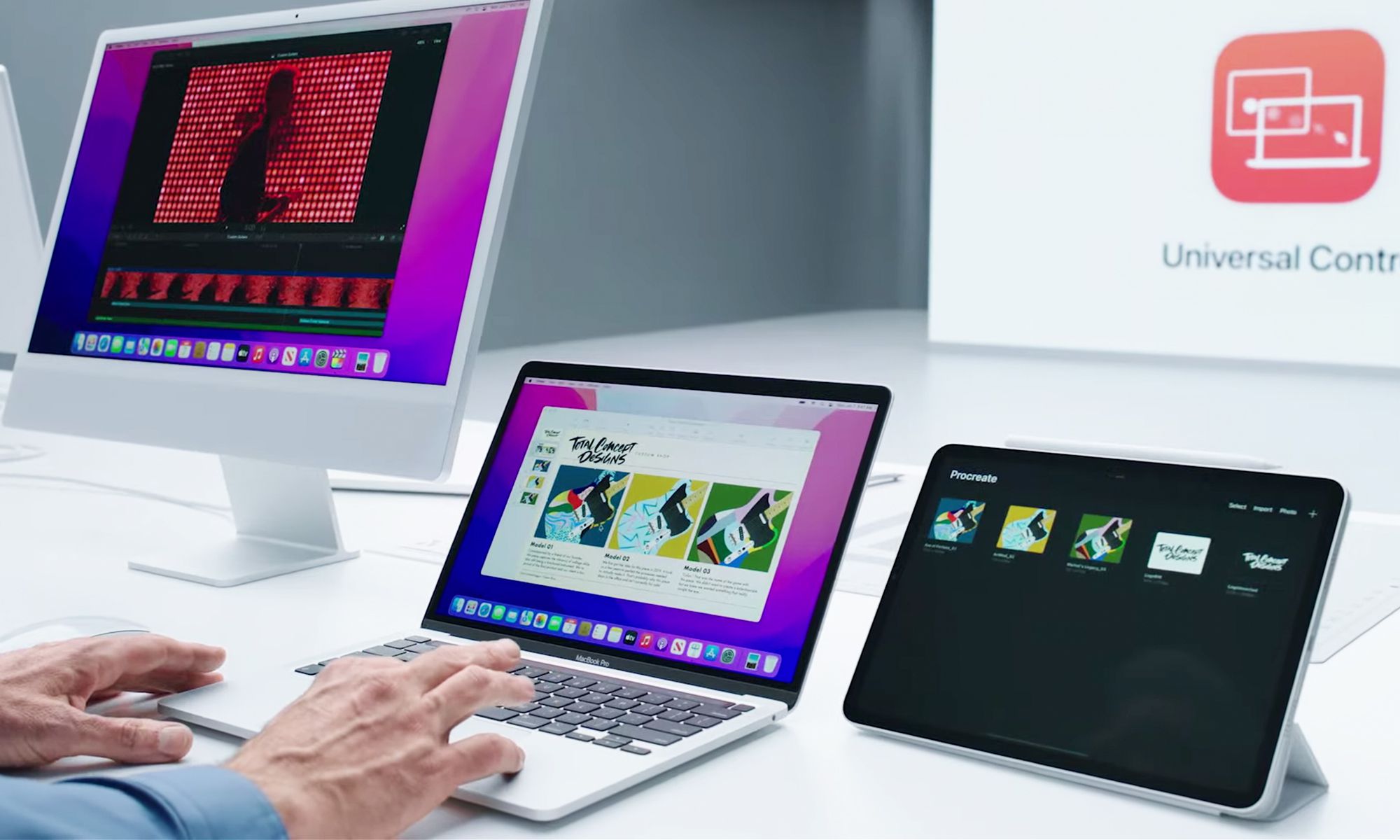Thinking about this more, my take is that Apple should not have 2 monitors in their lineup. They should have 3.
High end: The current XDR display. Need the absolute best? Buy this. 32", 6k, $5000.
Midrange 'prosumer': You care about features important to a professional or high end amateur such as color accuracy but don't need the absolute best. $2500, 27 or 30" 5k.
Entry level/consumer: You want a good 4k screen that has Apple level design and build quality but do not need anything more than what you can get elsewhere for this price. $1250, 24" 4k.
Yes, I basically halved the price each step down. That feels like it makes sense to me. Apple is never going to do a $400 screen, nor should they. But they can and I think should set the standard in each segment above.
It does not make sense. The entry-level would be a 24-inch 4K monitor selling for $1250. The base model 24-inch iMac has 4.5K and sells for $1299. And that includes the computer.
Apple is not delusional.
The 30-inch Apple Cinema Display was released in June 2004 and had a $3299 price tag. There was no equivalent display in other Apple products. In August 2004, Apple released the 20-inch iMac G5, which sold for $1899. The displays were worlds apart, which justified the price tag.
In October 2008, Apple released the 24-inch Cinema Display which sold for $899. In March 2009, Apple released the 24-inch iMac, selling for $1499. The iMac was $600 more expensive, which was justified by the fact that it had a computer inside. And the iMac was even cheaper than the previous 24-inch model released in April 2008, which sold for $1799 and up.
The Thunderbolt Display was a 27-inch 5K model released in June 2011 and sold for $999. The display was similar to the one found in the 27-inch iMac. The 27-inch iMac released in May 2011 sold for $1699 and up.
The 6K 32-inch Pro XDR Display was released in June 2019. It sells for $4999 without the stand. In March 2019, Apple had released a 27-inch 5K iMac for $1799 and up. The display was far more expensive, but it had many features that the iMac lacked: it was larger, had a higher resolution, had much more brightness, better viewing angles, better color reproduction, and so on.
All these prices had something in common: they made sense.
Whenever the external monitor was similar to the one found in an iMac, the price was significantly lower so it could be justifiable. The iMac was always significantly more expensive than the monitor, although it carried some sort of "discount" so it would stimulate customers to buy the all-in-one package. It means that, although the iMac was more expensive, it was cheaper than buying a Mac mini plus the Apple monitor plus the separate mouse and keyboard from Apple.
When the external monitor was not matched by the display of any iMac, Apple put a hefty price tag. It was more expensive, but it had no competitors in Apple's world.
If Apple plans to sell a $2500 monitor and expects it to be reasonably successful, it simply cannot put the very same display inside an iMac which costs less than that.



